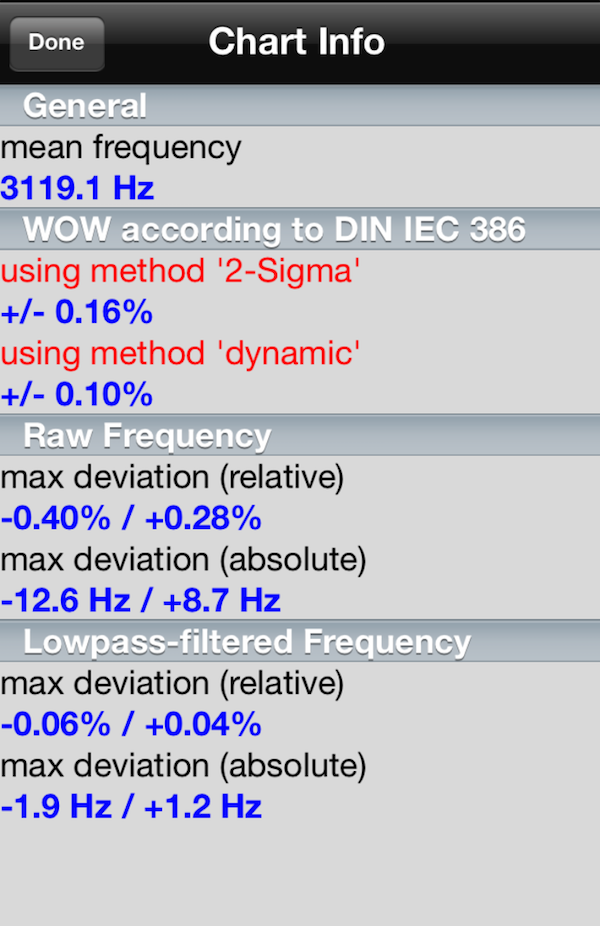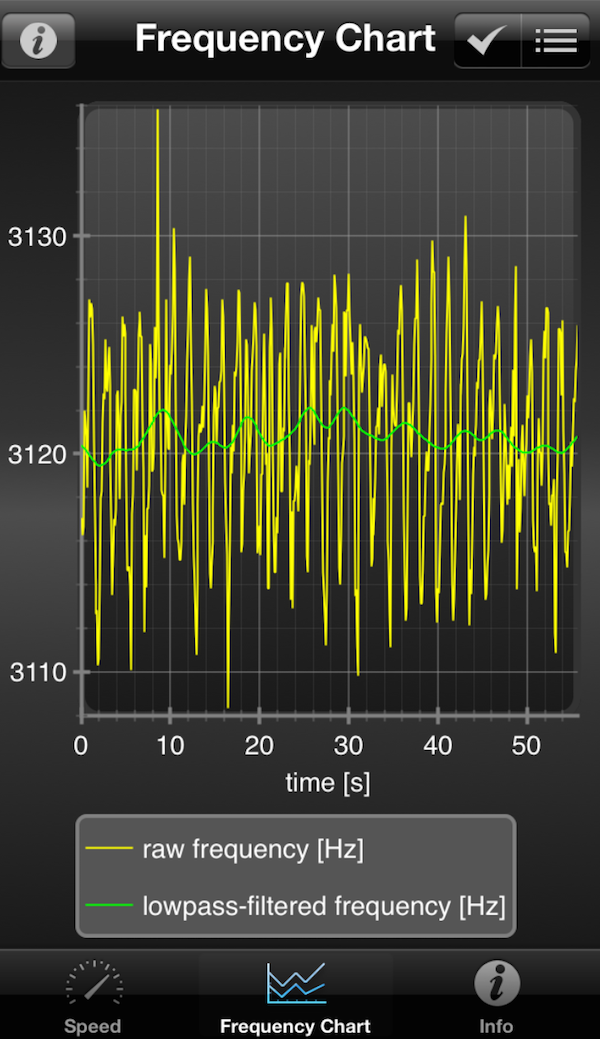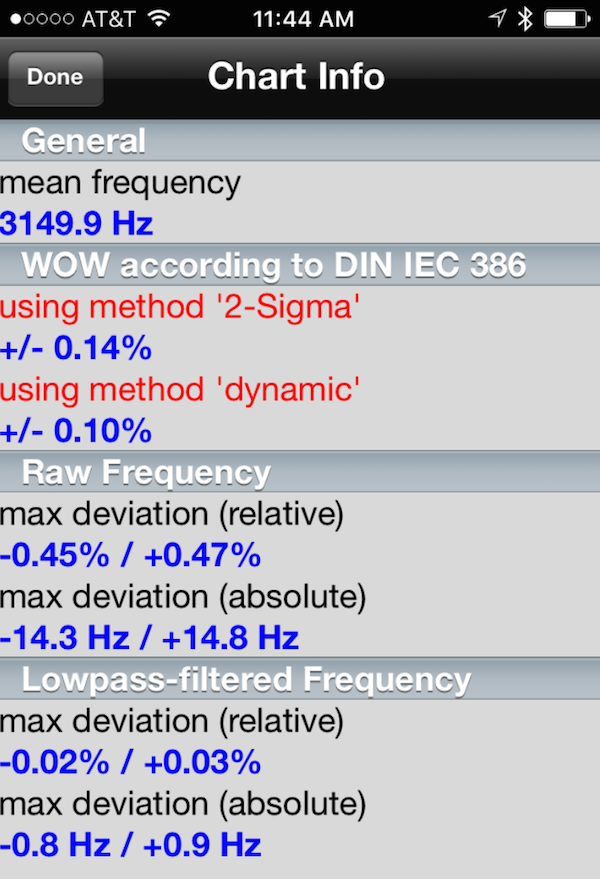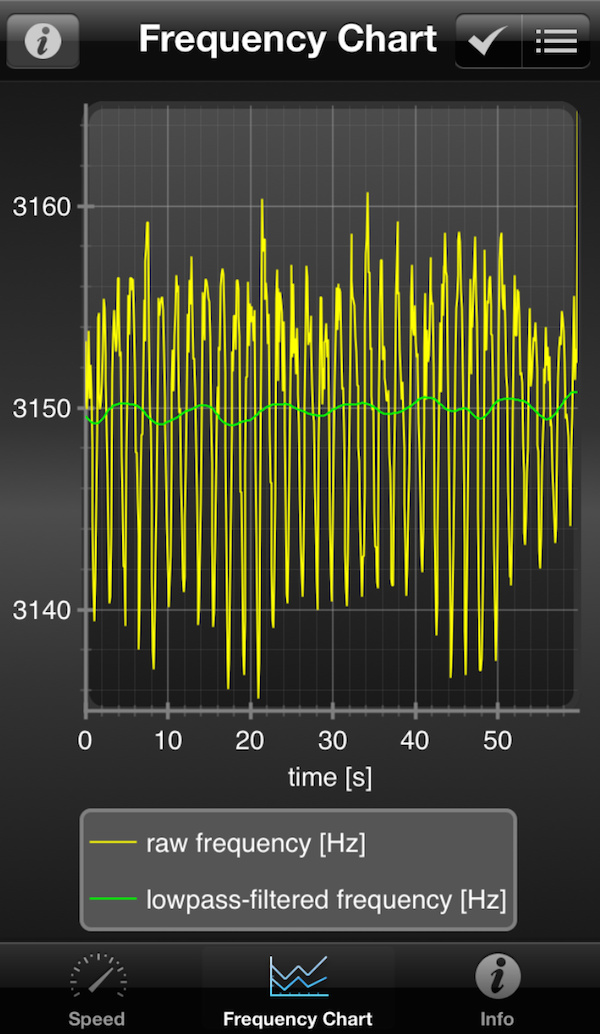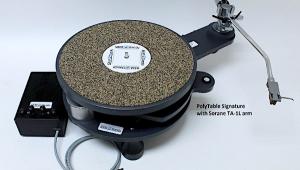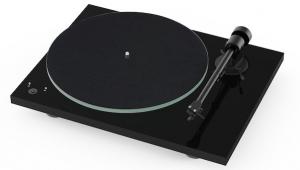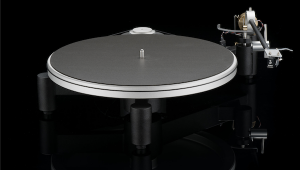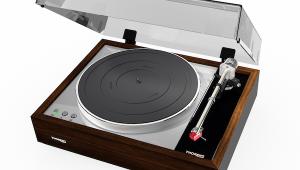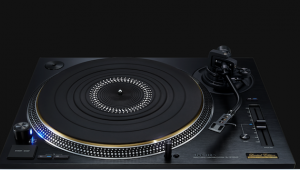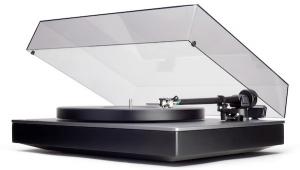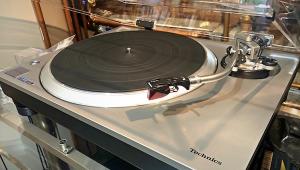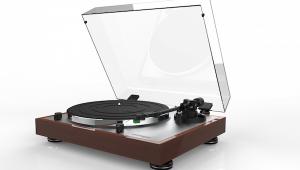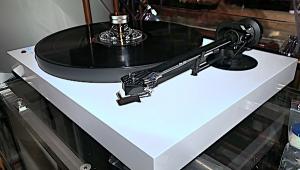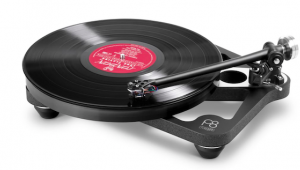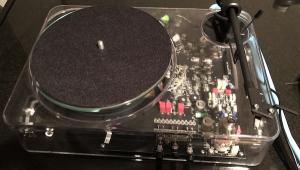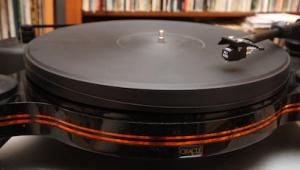The Pear Audio Blue Robin Hood SE Turntable and Coronet 1 Tone Arm (Speed Issue Explained)
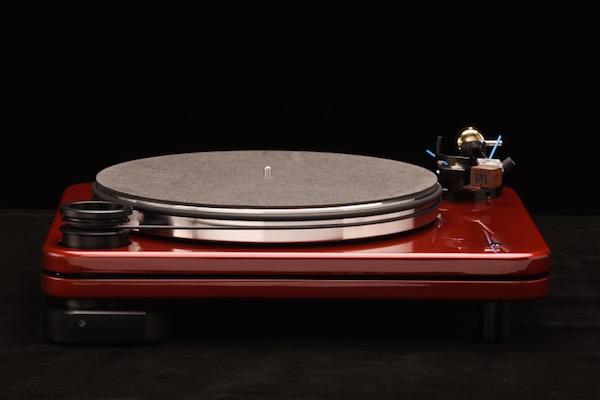
The importer wrote to say the unit was sent with "the wrong pulley" and as stated in the review, we allowed for the possibility that the 'table had been previously used for reviews or for some other purpose. However, without trying to sound too harsh, if you're going to send out a product for review, it's important to check out its functioning before shipping and that would include making sure it's running at the right speed.
As the importer points out, the Kid Thomas previously reviewed ran at the correct speed but clearly this one did not and it was what was sent so there was an obligation to review "as sent" just as there was an obligation to ship a properly functioning review sample! I know this might sound "harsh" but I'm always thinking of the consumer who buys and uses without checking speed accuracy and ends up listening at the wrong speed.
AnalogPlanet readers' thoughts on this are most welcome.
By the time the iconoclastic turntable designer Tom Fletcher passed away in 2006 he’d given to his friend Pear Audio Analogue’s Peter Mezek the “keys” to all of the Nottingham designs along with his blessings to continue producing them in his Slovenia factory. You may see copies elsewhere, but Pear Analogue's are the only authorized editions.
The story behind Fletcher’s exit from Nottingham and his subsequent Fletcher Audio startup that was forced to close due to his failing health is for someone else to tell.
Fletcher advocated an ultra-low torque A.C. synchronous motor and large diameter Delrin (or a similar material) pulley driving a full-sized POM or aluminum alloy platter via a thick, “stretchy” elastomer belt. The further up the line you went, the more massive the platter but the basic elements remained.
Another Fletcher signature is platter damping via one or more elastomer belts that ride in grooves machined into the platter circumference. Not visible, but also present in these ‘tables is a “braking” system consisting of a semi-stiff small diameter rubber-like hose terminated in a flat blade protruding from the plinth that gently touches the platter’s underside.The slight but constant friction is designed to help maintain platter control and keep it from “running away”.
Fletcher’s arm designs are equally unique. They are captured unipivots and fabricated from a plastic material to which are affixed thin aluminum head shells. The arms feature the full range of adjustability. Anti-skating is via a pivoted “U” shaped rod that on one side features a sliding weight. The other side rests upon a rod protruding from the arm’s right side.
The Pear Audio Blue Robin Hood SE
Available in a variety of attractive wood finishes, the Robin Hood SE is a permanently attached split-plinth design that’s 16.5” wide by 14” deep. It comes with two sets of adjustable feet, one of which terminates in points. This latest Robin Hood iteration features an isolated motor pod that protrudes through an opening in the left front plinth corner.
The motor fits within the pod on a height adjustable mechanism that comes factory adjusted so the belt rides at the appropriate height around on the platter circumference. If it needs adjusting you can push up on the pod bottom, almost like an ice-cream pop, and then push down on it if necessary to set the correct height. It’s important to adjust the pod so that the motor does not touch the plinth and is centered within the opening. You have to add a specified amount of oil to the bearing and then gently lower into it the aluminum alloy platter’ spindle, allowing time for it to fully settle. The set-up instructions are good and the process generally straightforward. The motor plugs directly into the wall. An optional motor controller is available but one was not supplied for the review.
The Coronet 1 Tone Arm
The arm is hard-wired (with silver wire) from cartridge clips to RCA “Bullet” plugs. After you put the RCA plugs one at a time through the arm mount collet, you (gently) lower the arm stem into the opening after which you gently tighten a nylon grub screw. Pear Audio Blue recommends installing the cartridge before lowering the stem into the base.
I won’t go into the set-up details other than to write that it’s straight-forward and Pear Audio Blue supplies the necessary tools and alignment gauge. The 10” arm has an effective length of 239mm (same as “classic” Rega), with a pivot to spindle distance of 222mm. In other words, the “overhang” is 17mm. The arm’s mass is specified at 11.5 grams. I installed an Ortofon Quintet Black “S” (with sapphire cantilever).
Once fully assembled and ready to play, the Robin Hood SE/Coronet 1 combination was an attractive looking record spinner. The Robin Hood SE costs $1995. The Coronet 1 arm costs $1495. If you buy the combination you save $500, for a total of $2990.
Rich, Full Sound
Stereophile and CNET contributor Steve Guttenberg once asked on Facebook if readers thought the more expensive high performance turntables sounded “digital”. It’s a “click bait” question but a good one. I don’t think that’s true though. I think the higher performance ‘tables have fewer colorations and so sound more open and tonally neutral.
Like all Nottingham and Pear Audio Blue turntables I’ve reviewed, the Robin Hood SE/Coronet 1 combo was anything but “digital-sounding”. In fact it was warm and rich sounding, even with what turned out to be a fast, clean neutral-sounding Quintet S (something I couldn’t be sure of until I mounted it on other ‘tables).
This warm tonal character is found throughout the line. It was also what the big Nottingham Ana-Log sounded like—that one featured the bearing set into a large diameter aged wooden log. However, after a few days of letting the Robin Hood ‘settle’ I began to think it was running somewhat slow so I measured the speed using the Platterspeed app. Of course I was going to eventually do that anyway, but here I did it sooner rather than later because the sound was somewhat sluggish, though attractively rich and warm (if that’s what you prefer).
As you can see the Robin Hood SE reproduced a 3150Hz tone as 3119.1Hz. That’s slow!. As you can also see, the lowpass-filtered relative and absolute deviation were also not exactly stellar. Here’s how it looks on a graph, with the green line being the filtered results: the straighter the line, the better.
Again, that is not a great looking graph. You can see that the green line is “wobbly” and centered around 3120Hz. The test record tone is 3150. I ran the test a few more times and got very similar results. Then I checked and re-checked the set up making sure that the motor was centered in the plinth opening and that the belt rode at the appropriate platter height. I also reduced slightly the “drag” produced by the “braking” system hose. I was quite sure I added the correct amount of oil to the bearing. I never over-lubricate. After all of these adjustments, for whatever reason or reasons, I got the same results as seen in the above charts.
Enter VPI’s New $1000 ADS Analog Speed Controller
Yes, the Robin Hood SE manual says use only the company’s optional speed controller but the motor is a 60Hz A.C. synchronous type and the VPI is designed for that purpose so I plugged it in and adjusted the frequency to produce these results:
Much better in terms of correct speed and the speed variations were somewhat smoothed out and the lowpass-filtered relative and absolute deviations were much improved.
With the speed corrected, the turntable’s sonic performance became appropriately leaner and cleaner and and better focused, with more sharply defined transients. Rhythm’n’pacing greatly improved as well. However, the warm, smooth and pleasing Pear Audio Blue/Nottingham “house sound” remained.
I’m not going to lay out a bunch of musical examples here to drive that point home. However, assuming you like this warm pleasing sound, I’d recommend against overdoing it with a warm-sounding cartridge. It would be too much of a good thing—at least for me—and I’d also stay away from warm “tubey” sounding phono preamps, again, unless you really like that kind of sound—and some people do.
I’m not sure why this particular sample ran so slow. I do not believe it’s the way it’s designed to run and I’m wondering if this review sample has been “around the block” and there was a mechanical issue of some kind. The ‘table was returned some time ago and I heard nothing about it from the importer.
As for the arm’s performance, the Quintet “S” tracked well at the recommended VTF. Setting up and using the arm was straightforward though if you’re used to a finger lift, you’ll have to get used to not having one. I found the adjustment easy.
Conclusion
Once the speed had been electronically corrected the Pear Audio Blue Robin Hood SE/Coronet 1 arm combo proved pleasant and easy to use, and produced smooth, quiet sonic performance. The bottom end was reasonably well-controlled and well-extended. The midrange was rich and full and the top end, though not as fast, detailed and extended as I prefer was surely a healthy antidote to “digititis”.
The Robin Hood SE’s overall sound was the opposite of Rega’s fast, lean and clean, with a slower, less precise attack, a less fully realized sustain and less generous instrumental decay—even on familiar concert hall recordings awash in reverb. If the lean and clean isn’t your preference and you prefer a richer, more fully fleshed out sound with well saturated instrumental colors and textures—particularly on female voices— you’ll probably enjoy the Robin Hood SE/Coronet 1’s sonic performance. However, be sure it’s running at or very closer to speed without the extra cost motor controller. For around three grand, you are entitled to that out of the box.
(Note: in the video I accidentally refer to Mr. Mezek as Mr. "Marek" and I mistakenly call the arm the Coronet II). The Pear Audio Blue line is imported to America by Audio Skies.
